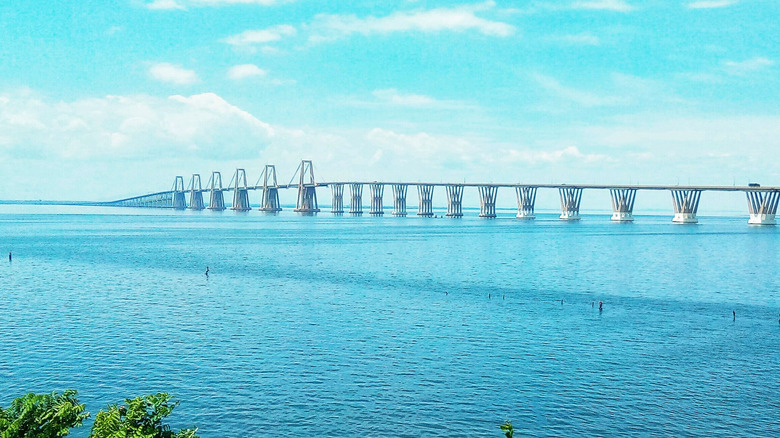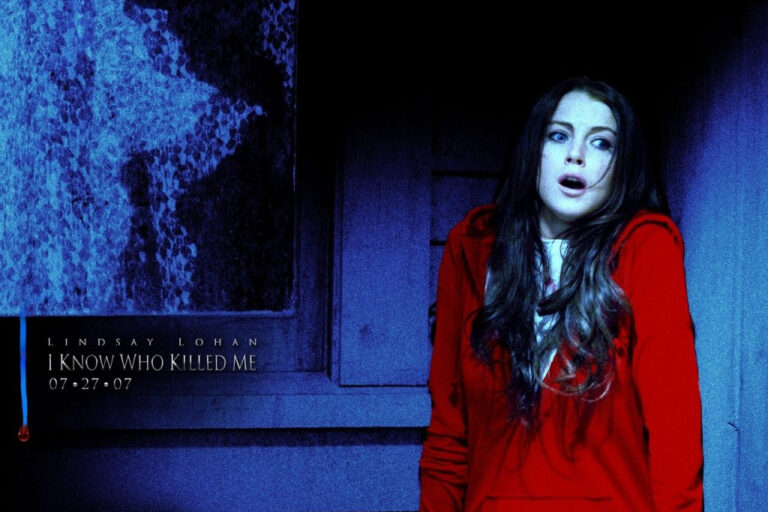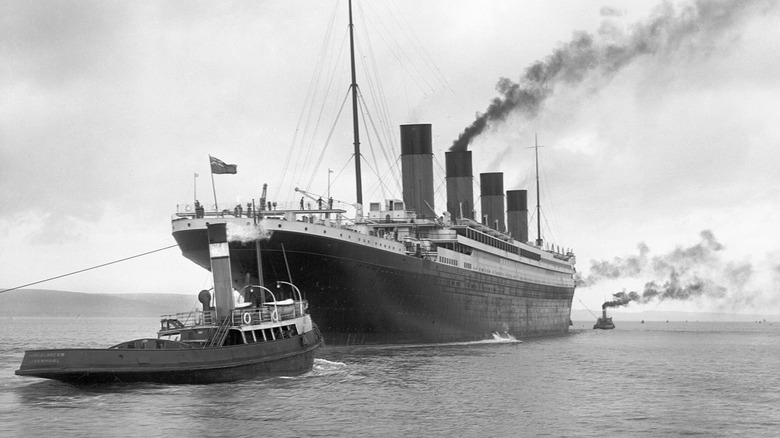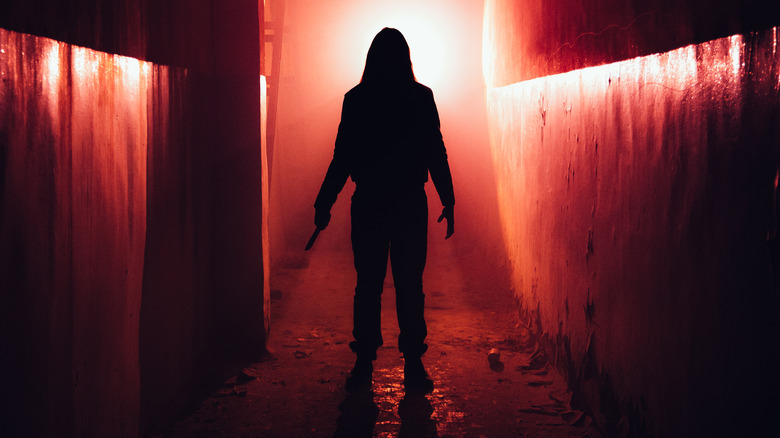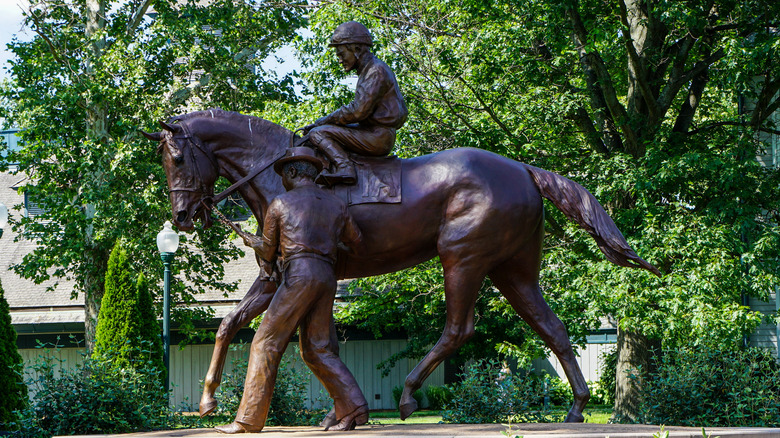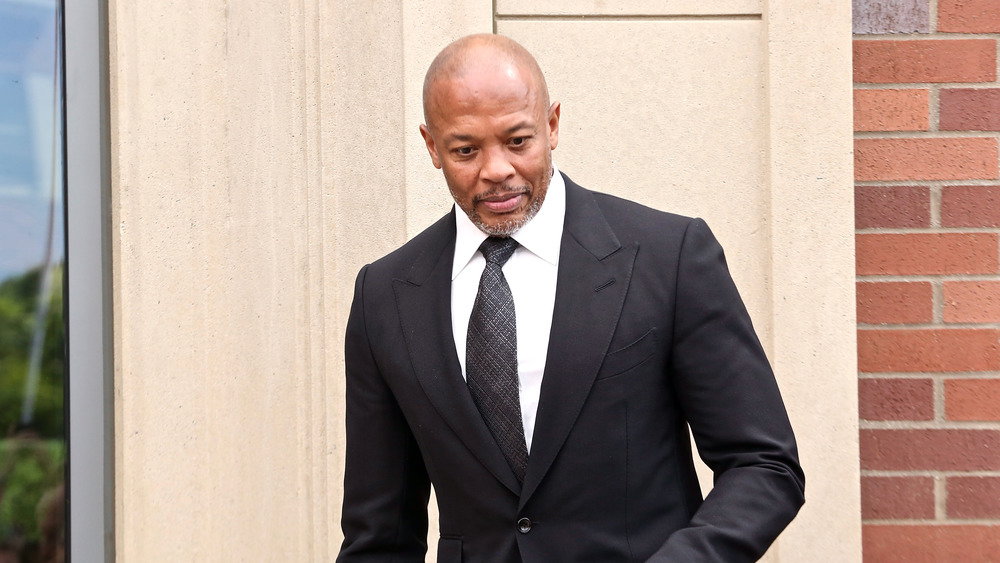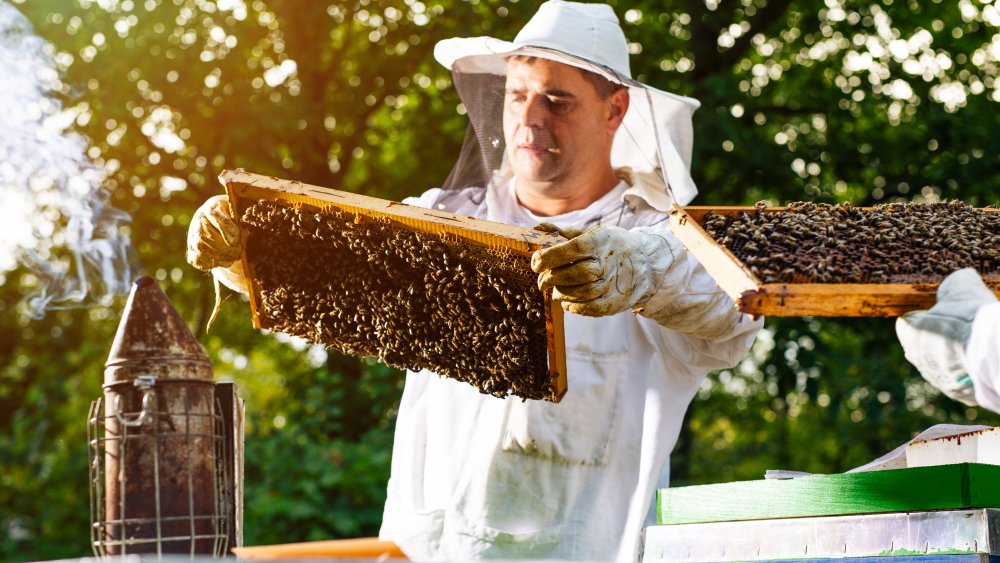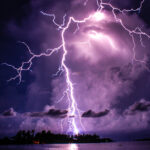
The Truth About Venezuela’s Catatumbo Lightning
There are natural phenomena that people can witness with a fair amount of regularity. Old Faithful is a geyser that goes off, well, faithfully. Tourists often are amazed at the sights of the Northern Lights. And who hasn’t smiled when they see a rainbow, or even a double rainbow, after a rainstorm? The Earth has a lot of ways to keep people amused even during everyday life.
But would you be eager to go to a place where you know that there will be a lot of lightning? Likely more than you’ve ever seen? If you’re not faint of heart, you should know about the Maracaibo beacon. Nearly every day, there are hundreds of lightning strikes around Venezuela’s Lake Maracaibo. According to NASA, lightning strikes the roughly 100-square-mile area about 28 times a minute over the course of nine hours. Yes, that is quite the show. There’s even a name for it — Catatumbo lightning. This has been going on for centuries; Lake Maracaibo is an ancient lake, one of Earth’s oldest.
Scientists are trying to predict when the lightning will occur
As NASA notes, being around all this lightning is not safe for the Venezuelan residents. The fishermen, who have to travel many miles to get to their fishing spots and refueling stations, are in extreme danger. This is exacerbated by the times that they fish being around the same times that the conditions for the lightning are beginning to swell.
According to NASA, the reason for the lightning is due to the air current. The current is called the Maracaibo Basin Nocturnal Low-Level Jet. The air current is driven into a narrow ridge made by the mountain ridges that are on three sides of Lake Maracaibo. This makes the conditions especially ripe for lightning.
Unfortunately for the people in the area, tourists tend to stay only for a short amount of time, so that does not make for a good economic boost, though it is listed on sites like Tripadvisor. Nevertheless, the fishermen and other workers have to continue to do their jobs in dangerous conditions.
NASA explains that scientists are trying to figure out how to be able to do long-term predictions for when the lightning strikes will occur. That way, if the locals knew that there would be a window when there would not be lighting, then they would be able to do their fishing and other activities safely. According to NASA, they have been using data over the past 17 years to begin to get an idea of when it might happen.
If they are able to do that, then everyone in the area could safely enjoy the show from inside their homes.
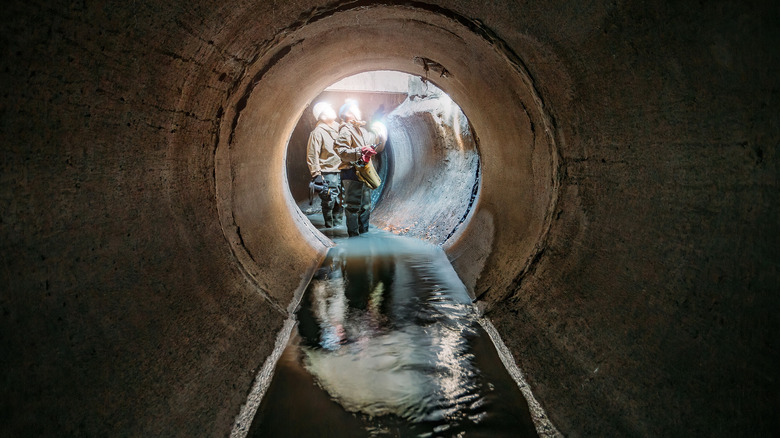
Cholera Is Responsible For Modern Sewer Systems. Here's Why
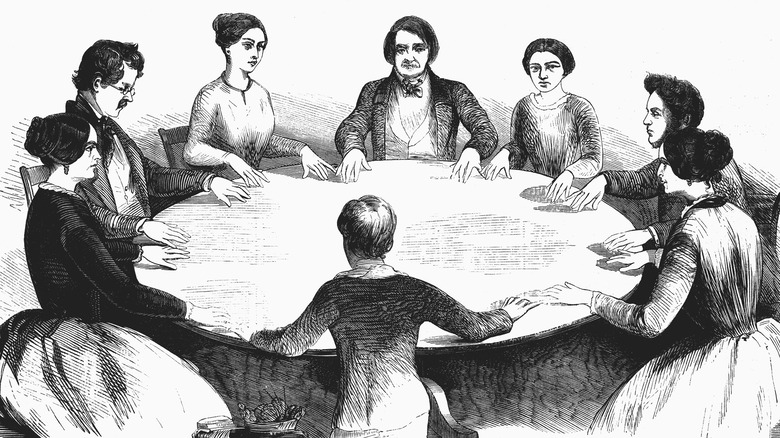
Spiritualism Explained
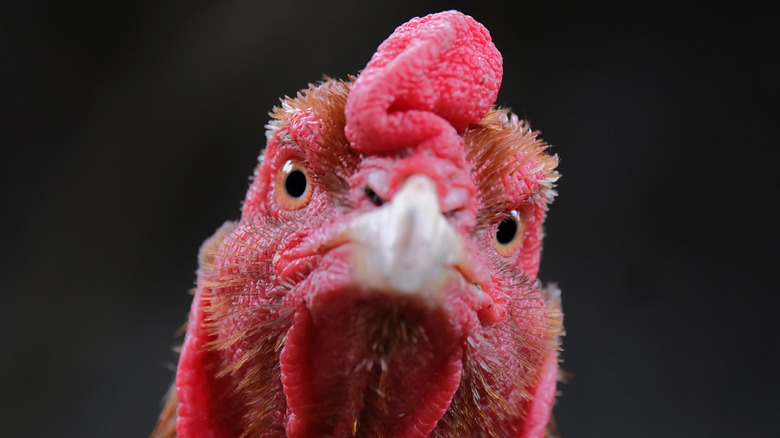
Why This Rooster Was Put On Trial And Burned At The Stake

Inside The U.S. Swim Team Controversy At The 2016 Olympics

What Sophie Toscan Du Plantier's Life Was Really Like
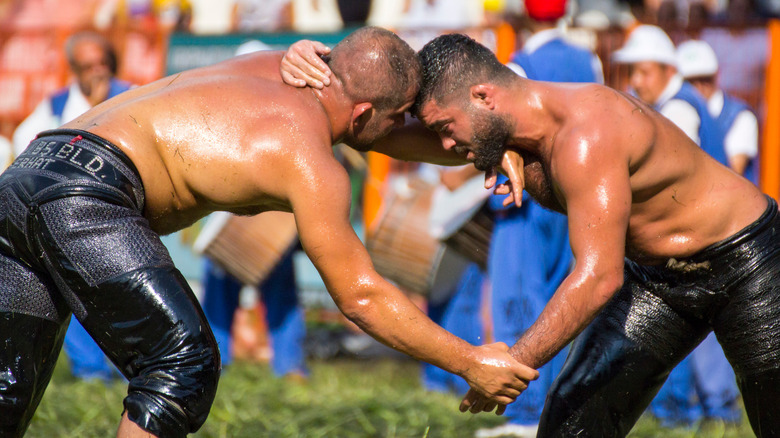
The Weird History Of Oil Wrestling

What A Facebook Ban Really Means For Trump
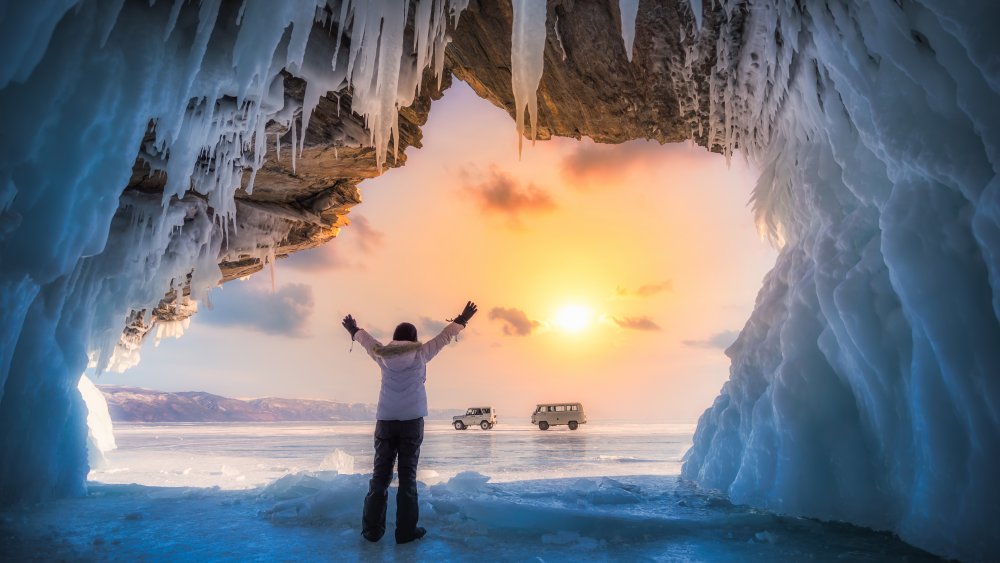
What It's Really Like Living In Siberia

Royal Ghosts That Continue To Haunt Great Britain

Strange Things That Happened On The Set Of Serial Killer Movies
